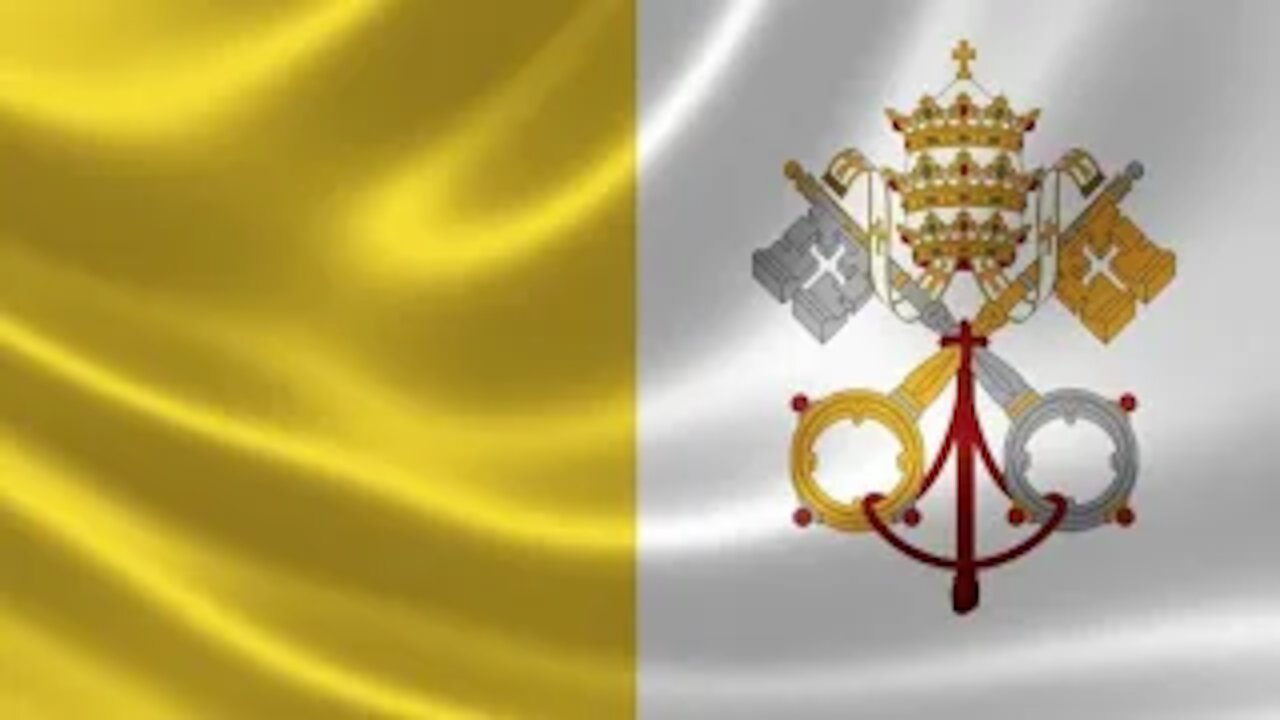Premium Only Content

The Papacy
Papacy, the office and jurisdiction of the bishop of Rome, the pope (Latin papa, from Greek pappas, “father”), who presides over the central government of the Roman Catholic Church, the largest of the three major branches of Christianity. The term pope was originally applied to all the bishops in the West and also used to describe the patriarch of Alexandria, who still retains the title. In 1073, however, Pope Gregory VII restricted its use to the bishop of Rome, confirming a practice that had existed since the 9th century. According to the Annuario Pontificio, the papal annual, there have been more than 260 popes since St. Peter, traditionally considered the first pope. Among these, 82 have been proclaimed saints, as have some antipopes (rival claimants to the papal throne who were appointed or elected in opposition to the legitimate pope). Most holders of the office have been Roman or Italian, with a sprinkling of other Europeans, including one Pole, and one Latin American pope. All have been male, though the legend of a female Pope Joan appeared in the 13th century. During the course of the 2,000 years in which the papal system and the practice of electing popes in the conclave have evolved, the papacy has played a crucial role in both Western and world history. The history of the papacy can be divided into five major periods: the early papacy, from St. Peter through Pelagius II (until 590); the medieval papacy, from St. Gregory I through Boniface VIII (590–1303); the Renaissance and Reformation papacy, from Benedict XI through Pius IV (1303–1565); the early modern papacy, from St. Pius V through Clement XIV (1566–1774); and the modern papacy, from Pius VI (1775–99).
-
 15:09
15:09
Born Again Catholic
4 years ago $0.02 earnedIs the Pope in the Bible? Part 1 Matthew 16:18 Catholic Bible Study
252 -
 4:55:48
4:55:48
iCheapshot
7 hours ago $6.62 earnedWhere We Landing Boys! | Warzone Verdansk is Back Yeerrr
57.2K3 -
 1:11:15
1:11:15
Savanah Hernandez
9 hours agoIt’s Time To Start Asking Hard Questions: Where Are The Arrests?
64.2K150 -
 2:57:33
2:57:33
TimcastIRL
8 hours agoTrump Tariffs Spark Global PANIC, Countries BEG Trump, CAVE To His Demands | Timcast IRL
220K211 -
 1:37:16
1:37:16
Roseanne Barr
10 hours ago $31.50 earnedThe Man Who Saved America | The Roseanne Barr Podcast #93
95.2K61 -
 10:49:37
10:49:37
Dr Disrespect
17 hours ago🔴LIVE - DR DISRESPECT - WARZONE - OG VERDANSK
239K29 -
 16:38
16:38
T-SPLY
13 hours agoDemocrats Are At President Trump For "Liberation Day"
34.9K30 -
 2:53:20
2:53:20
vivafrei
12 hours agoModerating Debate on Syria - Roy Gutman vs. Scott Horton - Regime Change Good or Bad?
176K13 -
 1:04:37
1:04:37
Man in America
13 hours agoCHEMTRAIL WARFARE: Tom Renz Exposes the Military’s SECRET Chemical Attacks on Americans
40.7K35 -
 2:09:33
2:09:33
Precision Rifle Network
1 day agoS4E11 Guns & Grub Live - Playing World Of Tanks!
25.7K3